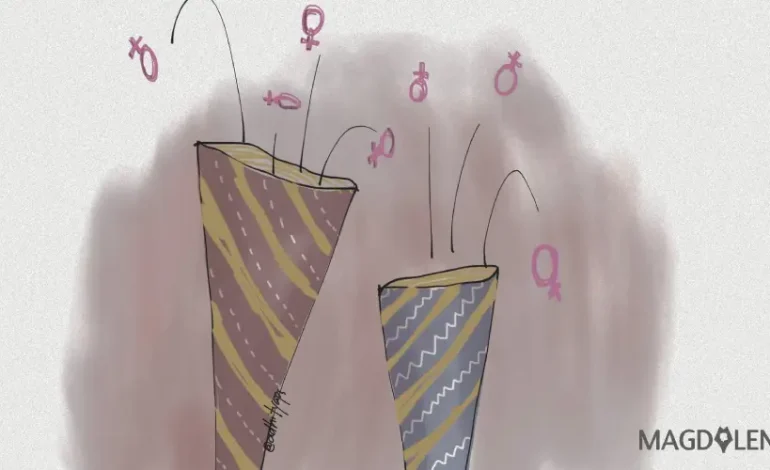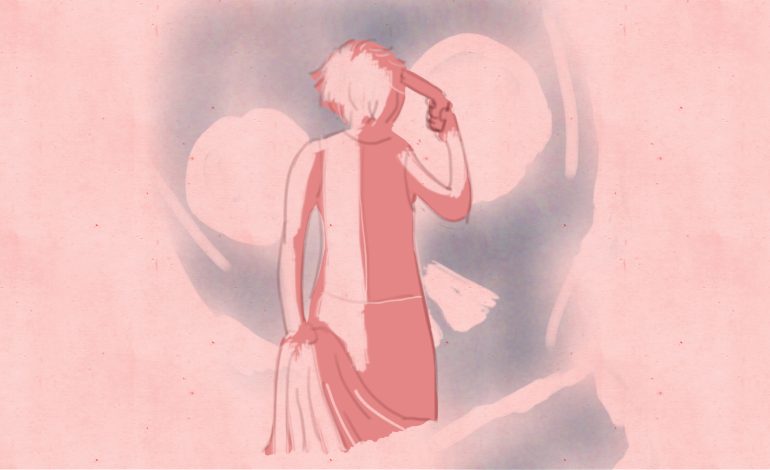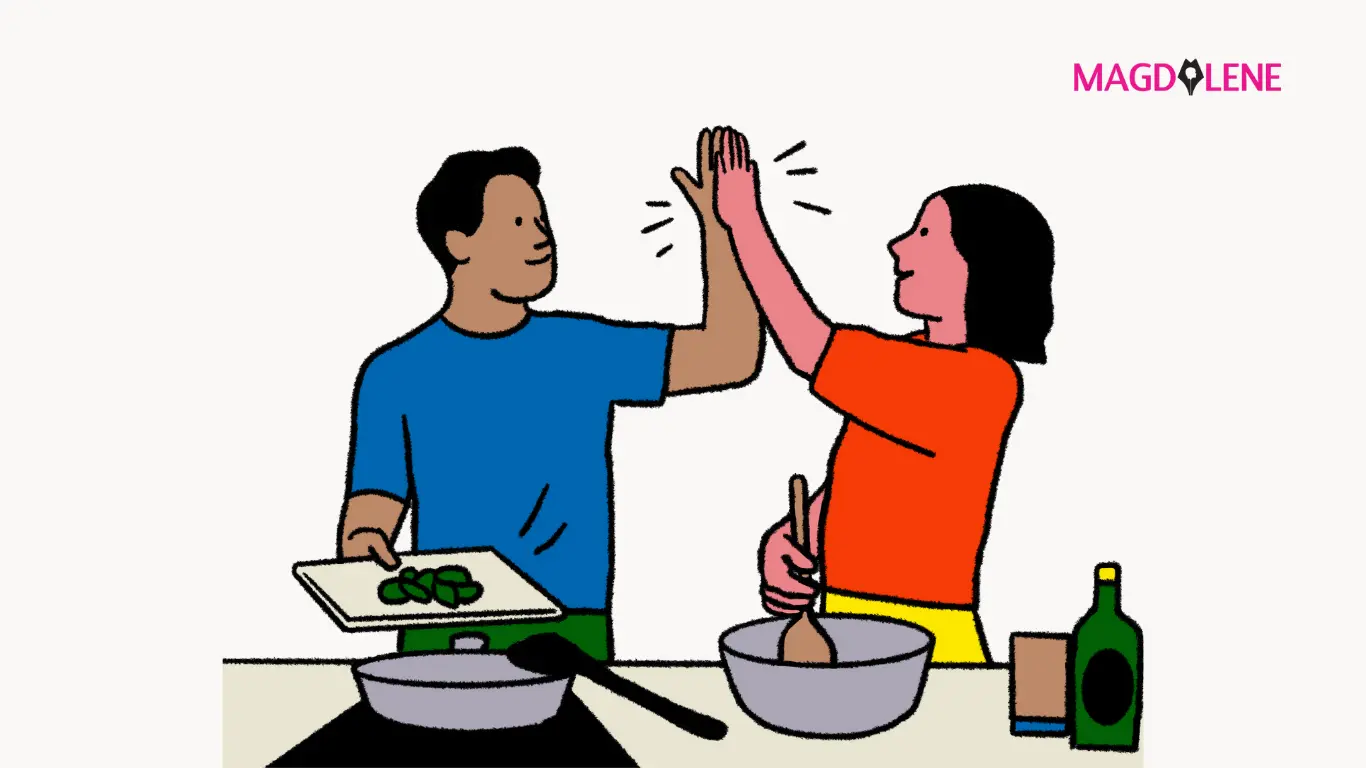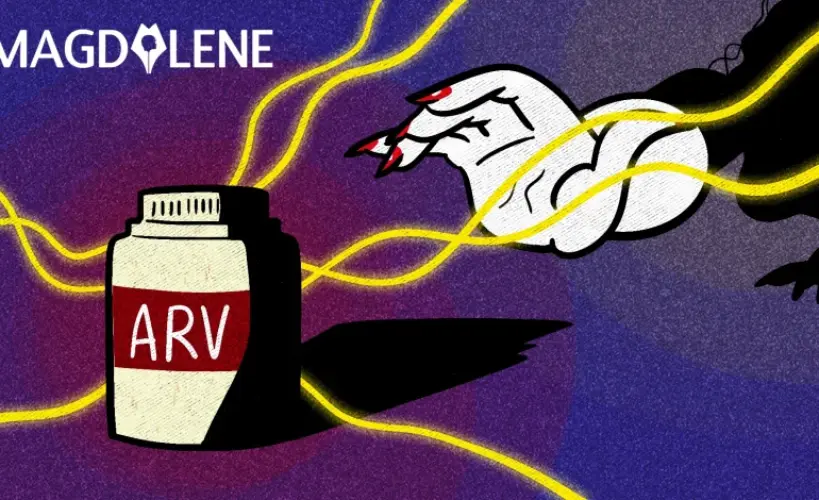Simone de Beauvoir Explained in 3 Short Animations
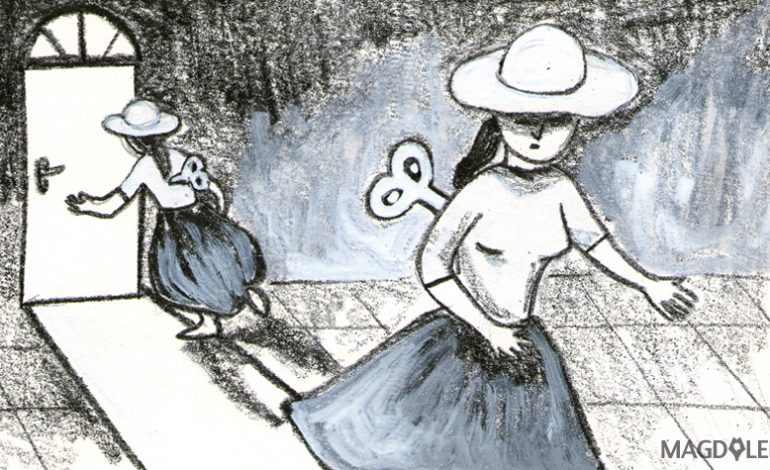
As one of the most prominent feminist thinkers, Simone de Beauvoir has plenty of groundbreaking ideas that were ahead of her time. In 1949 she published her most notable work The Second Sex (Le Deuxième Sexe), which becomes a major work of feminist philosophy, marking the beginning of second-wave feminism.
Conveyed in two volumes, her works may not be everybody’s cup of tea. Fortunately, we found three animations that summarize and encapsulate her key ideas in a very concise and accessible format.
- Feminine Beauty: A Social Construct? By BBC Radio 4
“A woman isn’t born a woman, rather she becomes one,” the narrator Harry Shearer starts his introduction by reciting de Beauvoir’s most quoted idea. He then explains what the quotes mean: Being “a woman” is among some of the things that are socially constructed. In other words, society has been dictating what women should aspire to be, how women should act, and what roles women are deemed to have in the span of their lifetime.
The two-minute animation further mentions how women are taught to “strive for beauty”. They are demanded to conform to society’s expectation of “feminine” and molded into what men want them to look like physically – or, in the narrator’s word, “to use artifice to make themselves look ornamental.” This strongly pressures women to become mere passive objects to please men’s eyes and to oblige to whatever the beauty industry tells them to buy – outfits, cosmetics, diet products, and jewelries – to the point that those things “take over their lives and drain their finances”.
However, this does not all lead to a dead-end for women, the narrator summarizes Beauvoir’s thought that “women are fundamentally free to reject male’s stereotypes of beauty and sexual attractiveness and to become more equal as a result.”
Watch the full animation here.
- What is a woman? (de Beauvoir + Metroid) – 8-bit Philosophy by Wisecrack
The second animation takes Nintendo’s 1986 sci-fi video game series, Metroid, to illustrates Simone de Beauvoir’s arguments on defining a woman.
Directed by Jared Bauer, the animation takes us to the journey of a video game character named Samus Aran. In the game Samus fights, shoots, and defeats the opponents fiercely and fearlessly in a body-hiding “power suit.” The gamers were left in shock when they discovered that Samus was a woman after she removes her costume at the final act. The game illustrates a concise elaboration of what society expects from a man, but not from a woman.
The narrator of the video, Nathan Lowe, then gets into de Beauvoir’s argument of how women are thought and treated as the “other”, as something different from men, and especially less than men. Men get to decide what it means to be human, while women are seen as not being human enough to have that capability.
As Samus Aran fights her opponents, she struggles to fight oppression tailing at her back while at the same time trying to climb up the ladders to the top, while men can “simply take the elevator”. Samus’s journey sharply shows the reality of the male-dominated society in which women have to strive harder than men to achieve the same goal.
The narrator noted that men should stop defining themselves as different yet superior beings compared to women, or as saviors of damsels in distress. The narrator also concludes that “people must live their own life and accept their radical freedom” in order to live authentically.
What the full animation here.
- An Introduction to Simone de Beauvoir’s The Second Sex by Macat [Learning Platform]
The third animation emphasizes on Simone de Beauvoir’s analogy of how woman has been treated as a doll and that the only way to dodge it is by actively resisting.
The narrator summarizes the three reasons women are treated as inferior to men. Firstly, it is believed that women exist “simply to fulfill men’s need,” so that their existence will highly depend on their relations to men. Secondly, women are told to “seek validation of their worth”; and, thirdly, women have been having much less legal rights compared to men and therefore have “less public influence”.
This is further elaborated by pointing out the similarities between a woman and a doll.
In the three-minutes video, the narrator mentions how girls internalized the social construction that they should “dress up, be made pretty, and be preened over” without having agency. As they become accustomed to it, they learn “to objectify themselves just as men objectify women”.
The animation illustrates how a doll exists to “be dressed up by its owner, listen to its owner’s secrets, comfort her whenever she’s lonely, and lie at home when the owner’s at school.” Later on, when the girl is grown up, she is doomed to follow the exact same role as her doll. The girl is expected to attract a husband with her physical attributes, to take care of her body so that he won’t look for another, to always listen to his problems, and to patiently wait for him at home when he’s working.
The narrator further explains that even if a women doesn’t get married, she is still imprisoned by the ideal beauty set by male’s standard. Unmarried women can still be trapped in a diet culture and consumptive behavior encouraged by fashion industry.
As the other two animations, the narrator concludes de Beauvoir’s ideas by stating that “women must recognize many of these social norms as constructions, and only then they will have the freedom to escape their context and determine their own destiny.”
Watch the full animation here.
*Illustration by Karina Tungari
Find out about how the politics of hate spin leads to the rise of intolerance all over the world.

